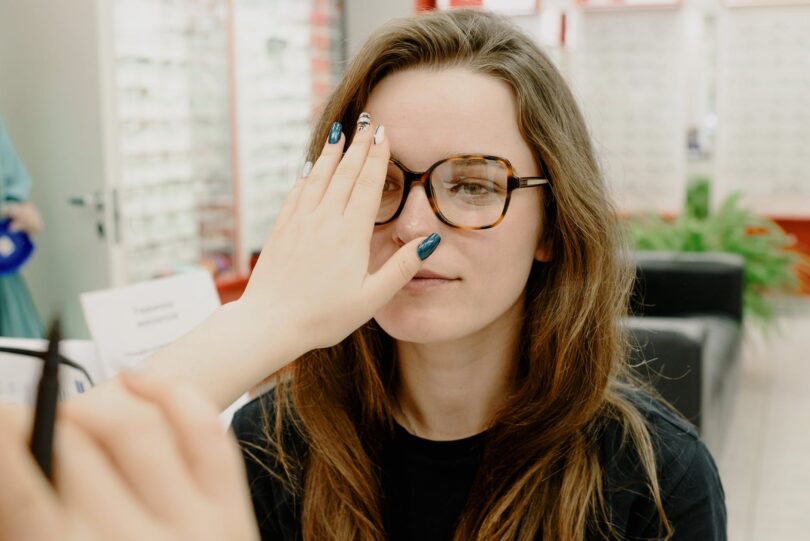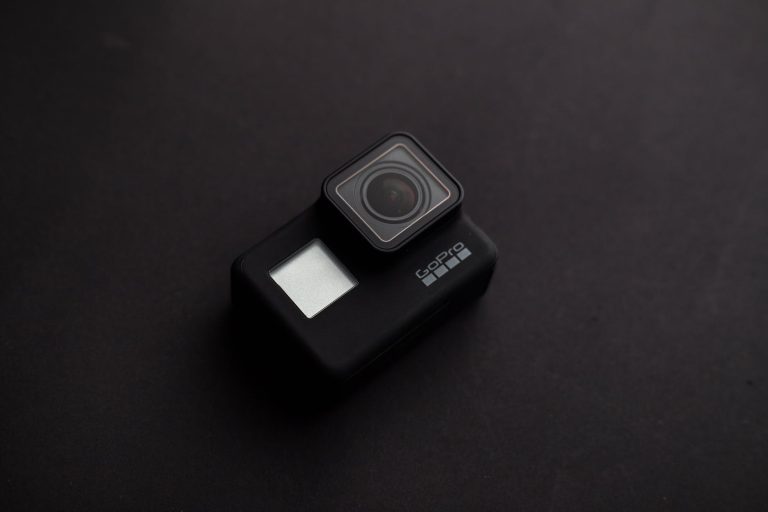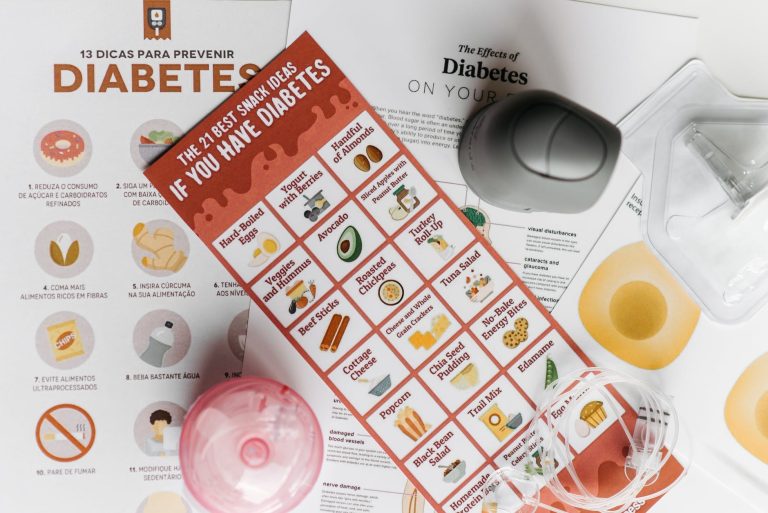Shares of Ocuphire Pharma (OCUP) surged when the company announced that it has met expected endpoints for its Phase 2 trial in Presbyopia.
The company is a clinical-stage ophthalmic biopharmaceutical company focused on developing and commercializing therapies for the treatment of several eye disorders, today announced that the VEGA-1 Phase 2 clinical trial evaluating the efficacy and safety of Nyxol in combination with low-dose pilocarpine (LDP) in presbyopic subjects successfully met its primary and many secondary endpoints.
On the strength of these results, Ocuphire plans to move into Phase 3. Given the rapid onset and sustained duration of efficacy, the favorable safety profile, and the potential tunability of treatment, Nyxol + LDP has the potential for differentiation and to be a best in class product for the treatment of presbyopia.
Highlights from the VEGA-1 Phase 2 Trial in Presbyopia
Nyxol + LDP Met the Primary Endpoint
- 61% of subjects treated with Nyxol + LDP improved 15 letters or greater (≥ 3 lines) in photopic binocular near vision at 1 hour compared with 28% of subjects on placebo with statistical significance (p = 0.003 with placebo adjusted difference of 33%)
Nyxol + LDP Met Many Additional Efficacy Endpoints
- Met the Phase 3 co-primary endpoint vs. placebo gaining 15 letters (3 lines) near vision with less than 5 letters of distance vision loss
- Rapid onset of efficacy at 30 mins
- Durable near vision improvement through at least 6 hours
- Sustained significant reduction in pupil diameter over at least 18 hours due to the durable effects of Nyxol
- Near vision efficacy seen both monocularly and binocularly
- Efficacy in both light and dark iris colors
Nyxol + LDP Showed a Favorable Safety Profile
- No serious AEs, almost all AEs were mild
- No headaches, no brow aches, and no blurry vision AEs were reported
- Mild, transient conjunctival hyperemia (eye redness) observed in <5% of subjects
Presbyopia is a gradual, age-related loss of the eyes’ ability to focus on nearby objects. The global prevalence is estimated to be 2 billion. Approximately 120 million Americans live with presbyopia, a large prevalence that is expected to exceed 150 million by 2034. To assist with their near vision deficiencies, individuals with presbyopia use reading glasses and contact lenses, and in some cases undergo surgical interventions.
However, there are currently no approved drug therapies for presbyopia in the United States. As there are several drawbacks to reading glasses and contact lenses, including inconvenience, eye strain, and night vision disturbances, eye drops are increasingly being explored as an alternative treatment modality.




